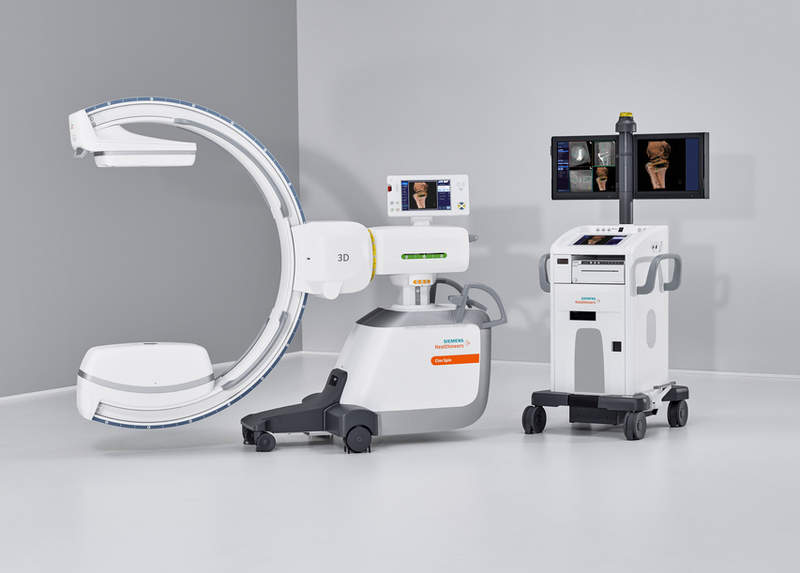
Siemens Healthineers has formed a strategic alliance with spine technology firm NuVasive to boost clinical outcomes during minimally invasive spine surgery.
Under the Spine Precision Partnership, the partners will jointly work on technology development, marketing and commercial activities.

Discover B2B Marketing That Performs
Combine business intelligence and editorial excellence to reach engaged professionals across 36 leading media platforms.
NuVasive develops minimally disruptive, predictable and clinically reproducible solutions for spine surgery. Siemens provides a portfolio of imaging systems such as 3D imaging for complex spine cases.
The companies will strengthen their respective technologies and will focus on developing solutions to enhance operating room (OR) workflow efficiency and precision in minimally disruptive spine surgery technologies.
Siemens Healthineers Surgery head Peter Seitz said: “We at Siemens Healthineers are excited to work with NuVasive to develop intra-operative 3D-imaging and navigation tools for our advanced imaging systems that empower spine surgeons and neurosurgeons to be more precise, faster and cost-efficient in the operating room.
“Increased workflow efficiency, better image quality, as well as predictable and reproducible results, will transform care delivery and set a new standard in spine surgery.”

US Tariffs are shifting - will you react or anticipate?
Don’t let policy changes catch you off guard. Stay proactive with real-time data and expert analysis.
By GlobalDataAs part of the alliance, Siemens Healthineers’ Cios Spin mobile 3D imaging designed to offer intra-operative quality assurance will be integrated with NuVasive’s Pulse surgical automation platform.
NuVasive chairman and CEO Gregory Lucier said: “The combination of NuVasive’s Pulse system and the Siemens Healthineers’ next-generation advanced imaging technology provides a compelling offering for hospitals and surgeons who require a scalable, cost-efficient technology that maximises OR workflow efficiency and significantly improves visualisation for spine surgery.”
It is expected that the integrated solution will deliver advanced clinical benefits and superior patient outcomes with better visualisation and access to the anatomy as well as spinal implant placement.





